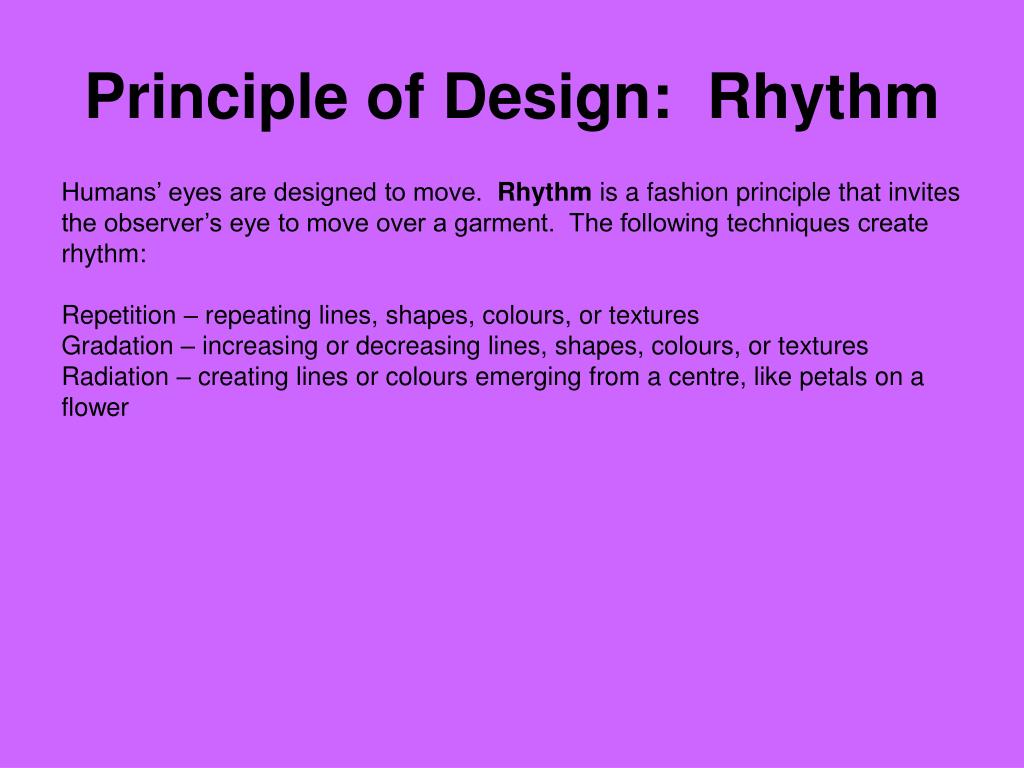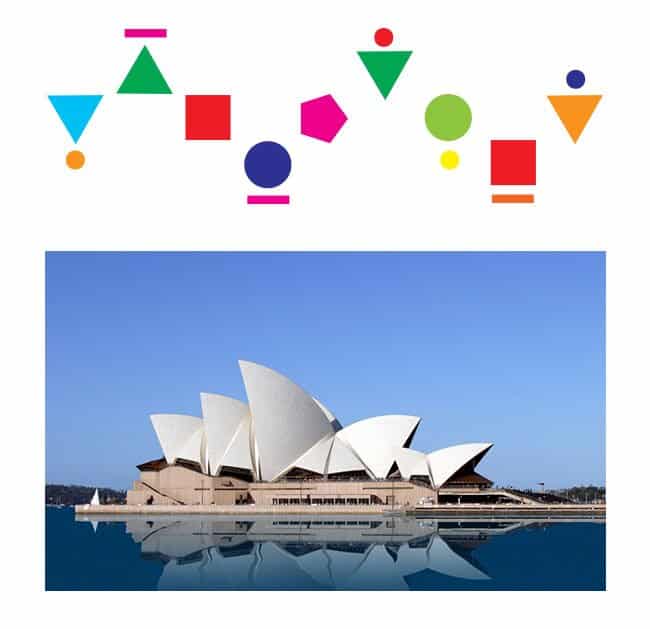Table Of Content

Mondrian's paintings were characterized by a strict grid of primary colors (red, blue, and yellow) and straight black lines. The colors and lines were arranged in a consistent, geometric pattern throughout the entire canvas. This regular rhythm created a sense of order and balance, making the artwork pleasing to the eye.
Table of Contents
I will add to this list when I find more, so this is a good one to pin or bookmark! Unity is a fundamental principle of design that ensures all elements within a composition appear as a cohesive whole. This principle emphasizes the relationship between components, achieving a harmonious and consistent look and feel. Designers implement unity by using similar or complementary styles, colors, and forms throughout their work.

Easiest Online Businesses to Start: Your Ultimate Guide
In Klimt’s famous artwork, the geometric design of the dress, contrasts against the flowing shapes of the skirt. For example, in this piece by van Gogh, the repeating, flowing and curving branches of the trees pull the viewers eyes around the piece. This creates the impression of a trembling, rhythmic sensation of wind moving through the tree. For example, a larger shape will attract more attention than a small shape. A saturated colour will attract more attention than a muted colour. So in an image of a large, bright, red square placed next to a small grey circle, the viewer’s eye will be attracted first to the square, then to the circle.
includes the Elements & Principles!
Mastery of these principles ensures clarity and impact in design outcomes. Before you dismiss me, let me explain what graphic designers mean when they talk about movement in art. And no, it does not refer to a relocating a piece of art to another room. Rather, movement is what an artist uses to guide a viewer's eye in, through, and out of a composition (UTexas).
More Principles of Design Examples
It can describe how certain visual elements are repeated, or changed throughout a piece in order to lead the viewer’s eye around. Rhythm acts like a visual path and the tempo describes how quickly the eyes will move around. The gaps between the insects and the fish remain the same, however the level of detail within the space changes. Regular rhythm is created by repeating the same elements throughout a composition in a pattern, with the same size, shape or space within and between the elements.
In this work, the artist created a grid of 32 canvases, each depicting a different flavor of Campbell's soup. Alternating rhythm is a type of rhythm in which the elements in an artwork are arranged in a pattern that alternates between two or more contrasting elements. This type of rhythm creates a sense of contrast or tension in the artwork. An example of progressive rhythm in art is the sculpture "Bird in Space" by Constantin Brancusi. In this work, the form of a bird is depicted through a series of simplified, abstract shapes that progressively become more streamlined and simplified.
Enhancing Creativity through Repetition and Variation
Simone de Gale Architects explores "rhythm, pattern and repetition" in the built environment - Dezeen
Simone de Gale Architects explores "rhythm, pattern and repetition" in the built environment.
Posted: Tue, 26 May 2020 07:00:00 GMT [source]
By playing with scale, you can create a sense of movement and dynamism that draws the viewer’s eye. Try experimenting with different scales to see what effects you can achieve. Rhythm is an important element in art because it helps to create a visual path for the viewer.
If you want to create a design for a site that deals with travel to Greece, you could use the top of an ancient column for your design. At first, it looks great; you’ve got a beautiful design that features circles and grape leaves. Repetition is simply repeating a single element many times in a design. For example, you could draw a line horizontally and then draw several others next to it. Proportion adds order and perspective, creating a relationship between elements. This picture cleverly uses negative space to outline the person's body.
It can be rough, smooth, hard, or soft to the touch or simply appear that way. With radial balance, like in the example of radial balance below, one can imagine the artwork as equal pieces of a pie. In this proportion in art example, the artist make the hands out of proportion with the rest of their bodies to enhance the meaning of the artwork. These men work with their hands, and their hands are exaggerated to show how important their hands and work are to all the people of France. Remember, experimentation and innovation are key to enhancing your artwork.
In the last blog post, we also discussed how heavily emphasis in visual hierarchy guides the movement of an eye throughout a composition. This is just one example of how movement is used in a composition. Texture repetition is a wonderful way to add depth and interest to your artwork. By repeating a particular texture, you can create a tactile quality that adds a dynamic element to your composition. Experiment with different textures, such as rough, smooth, and shiny, to see what works best.
Even though most of the shapes here are symmetrical, we can still see some asymmetrical shapes, such as the birds, but are still classed as shapes. In this post, I'll dive deep into the core components of design. Each of these art fundamentals are closely related and many of them overlap.
Progressive rhythm might, for example, start with one key element, then gradually add other elements as it moves the viewer to the "conclusion" or end of the piece. Comic panels, for example, might use progressive rhythm to convey a specific, important change over time. Repetitions, rhythm, and pattern can have a substantial impact on the elements of your graphic design.
The darkness of the trees and shadows on the tractor emphasize a dark and mysterious atmosphere. If you've ever used Instagram to enhance an image, you'll have seen the highlight and shadow options. These allow you to brighten or darken certain areas of an image to add more character. For instance, if the flowers were faded and turning brown and the robot was dull and rusted.
This principle can influence the visual impact and practical functionality of a design, as disproportionate elements may distract or mislead the viewer. Designers manipulate proportion to emphasize importance, create depth, or establish focal points. For example, larger elements tend to attract more attention, while smaller ones may act as subtle details. Mastery of proportion allows designers to effectively communicate visual narratives and ensure aesthetic appeal. A random rhythm will contain repeating elements, but they will be repeated in an irregular fashion. For example, the artist will not plan the order of the repetition, or where the elements within the composition will appear.

No comments:
Post a Comment